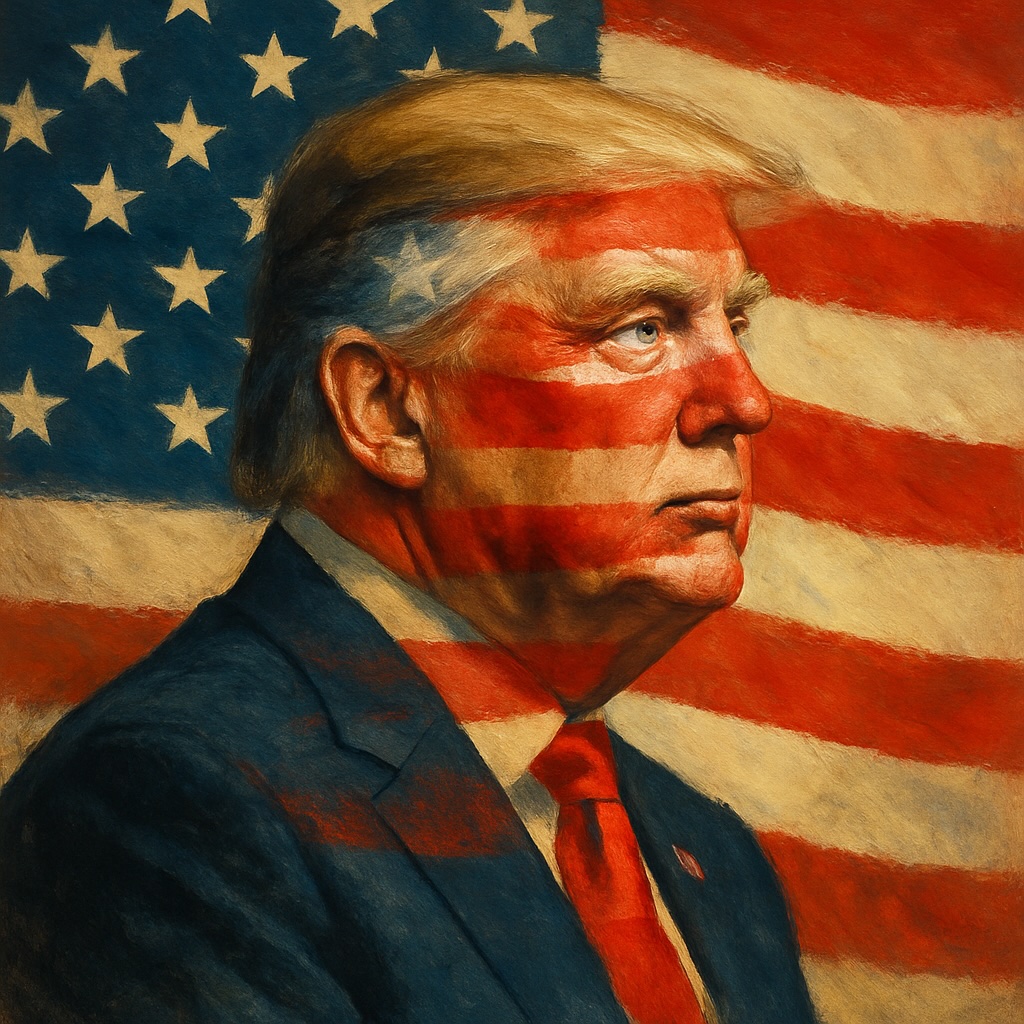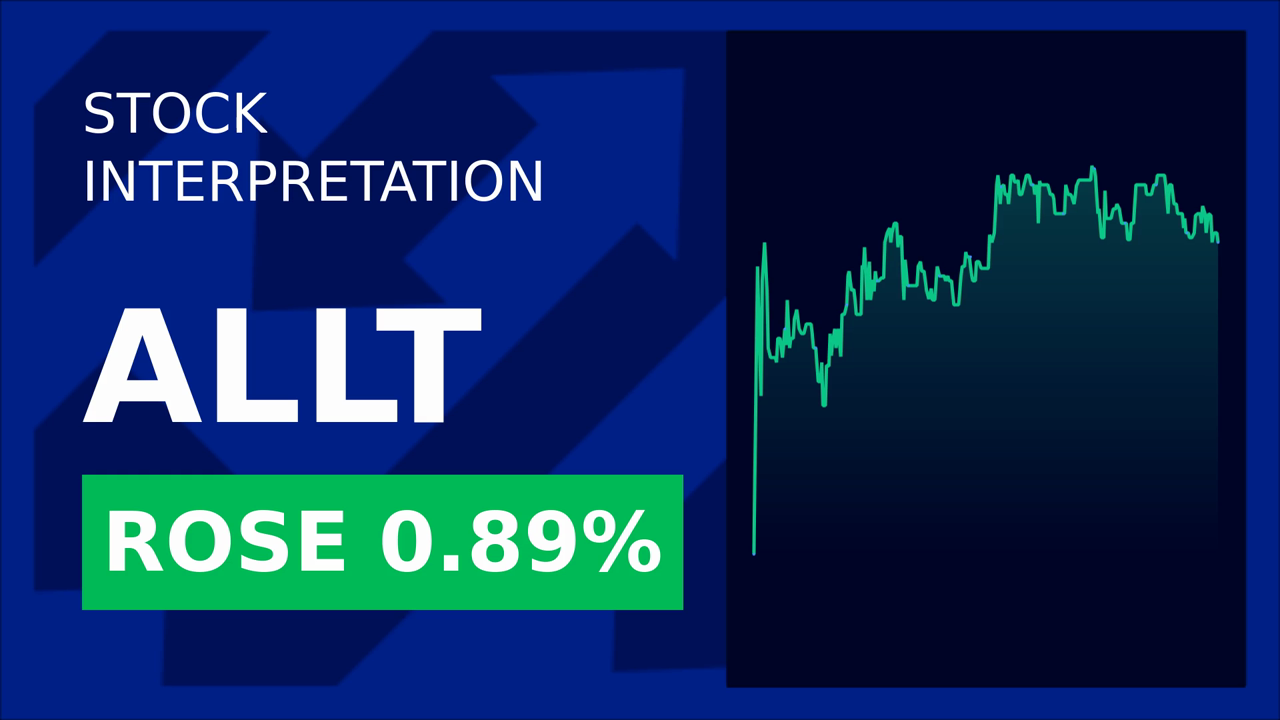Tech Rally Temporarily Distracts from Trade Tensions: Markets Climb Amid Uncertainty
The U.S. stock market surged on April 25, 2025, as tech stocks powered gains across major indices, offering investors a fleeting respite from escalating trade tensions with China. While the Nasdaq and S&P 500 climbed to fresh heights, the Dow Jones Industrial Average reclaimed its symbolic 40,000 milestone—a victory overshadowed by unresolved tariff disputes that continue to cloud the economic outlook. The question remains: Can the tech sector’s momentum outpace the geopolitical headwinds?
The Tech Sector’s Defiant Surge
The "Magnificent Seven"—Alphabet, Microsoft, NVIDIA, Apple, ServiceNow, Hasbro, and others—were the unsung heroes of the day. Alphabet’s shares soared 2.38% during regular trading and an additional 4.63% after hours following a stronger-than-expected Q1 revenue report, which showed a 12% year-over-year jump. Microsoft and NVIDIA each rose over 3%, while ServiceNow’s 15.5% leap and Hasbro’s 14.6% surge highlighted the market’s appetite for growth stocks.
The tech rally contrasted sharply with declining consumer staples like Procter & Gamble (-3.7%) and PepsiCo (-4.9%), underscoring a market increasingly polarized between growth and value.

Trade Tensions: A Sword of Damocles
Despite the market’s gains, the U.S.-China trade war loomed large. President Donald Trump hinted at easing tariffs, stating they would "come down substantially," but stopped short of full relief. China’s rebuttal—denying ongoing negotiations and demanding the removal of U.S. "unilateral measures"—left investors confused. The stalemate has real consequences: U.S. tariffs on Chinese imports remain at a punitive 145%, while Intel’s CFO warned these measures could push the economy into recession.
Intel’s own struggles amplified the worry: Its shares fell over 5% after disappointing earnings, citing tariff-driven cost pressures. The chipmaker’s pain is a microcosm of a broader issue—supply chains strained by protectionism.
Analysts: Caution Amid the Climb
Market participants remain split. Ameriprise’s Anthony Saglimbene noted the S&P 500’s 4% weekly gain as evidence of resilience but stressed that volatility will persist until trade clarity emerges. He emphasized the need for a "spark" to break the market’s stagnation since Trump’s April 2 tariff announcement.
The "Magnificent Seven" ETF (MAGS) provides a stark contrast: Down 17% year-to-date, it reflects a shift in investor sentiment. Once the market’s drivers, these tech giants now face skepticism about their ability to sustain growth in a high-tariff environment.
Looking Ahead: The Fragile Balance
The market’s current optimism hinges on two variables:
1. Tech Earnings: With major companies like Alphabet and Microsoft leading the way, upcoming earnings reports will test whether their growth narratives hold. A misstep here could erase recent gains.
2. Trade Negotiations: Even a minor breakthrough between the U.S. and China could reignite risk appetite. Conversely, escalation could send markets reeling.
The data underscores the fragility of the rally. While durable goods orders and jobless claims suggest economic resilience, the MAGS ETF’s decline and Intel’s struggles highlight vulnerabilities. As of April 25, the S&P 500’s year-to-date performance remains in negative territory, a reminder that the gains are still precarious.
Conclusion
The April 25 market rally was a tech-driven anomaly in a landscape of trade uncertainty—a temporary reprieve rather than a turning point. While Alphabet and its peers delivered short-term relief, the unresolved tariff standoff and its economic toll remain existential risks. Investors should heed Intel’s warning: A 145% tariff regime is unsustainable. Until leaders on both sides demonstrate flexibility, markets will oscillate between hope and fear, with tech stocks acting as a volatile buffer.
The numbers tell the story: A 2.74% Nasdaq surge versus a 17% decline in MAGS year-to-date; a 12% revenue beat from Alphabet against a 5% Intel collapse. The path forward is clear—resolve trade disputes, or brace for more volatility. For now, the market is clinging to the tech lifeline, but the ocean is still choppy.



_41c5d7291749577840008.jpeg)






